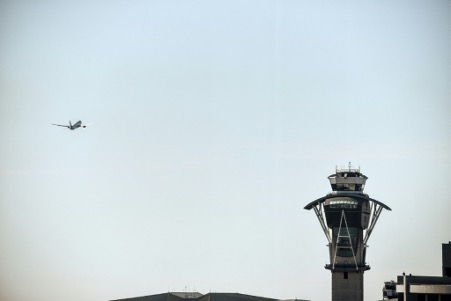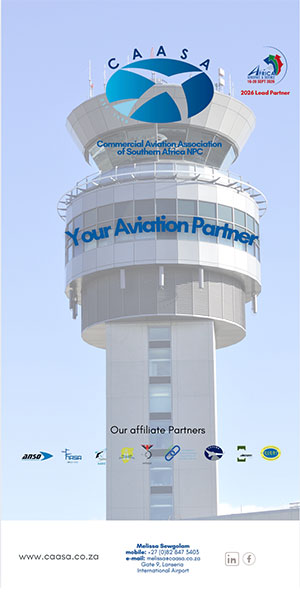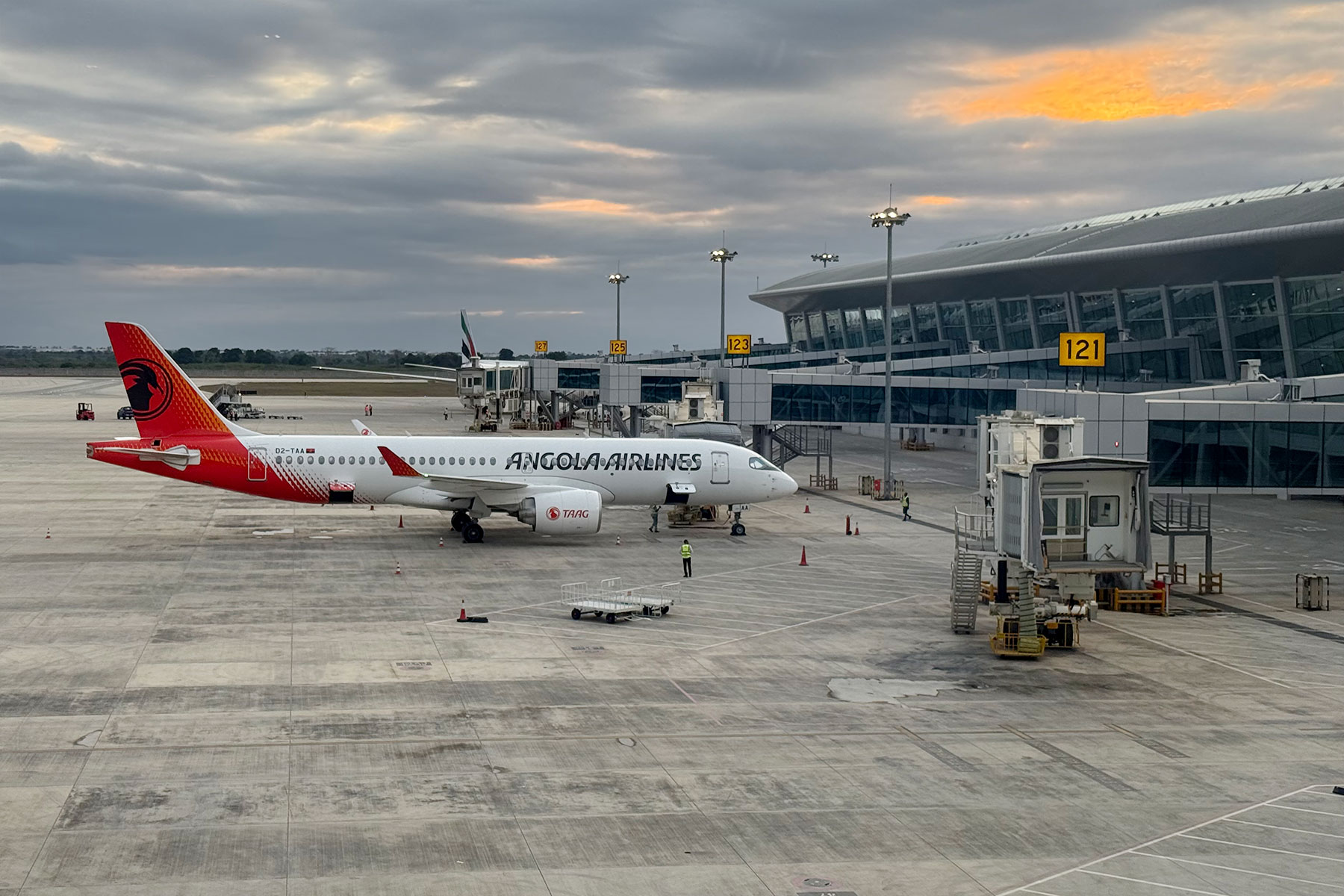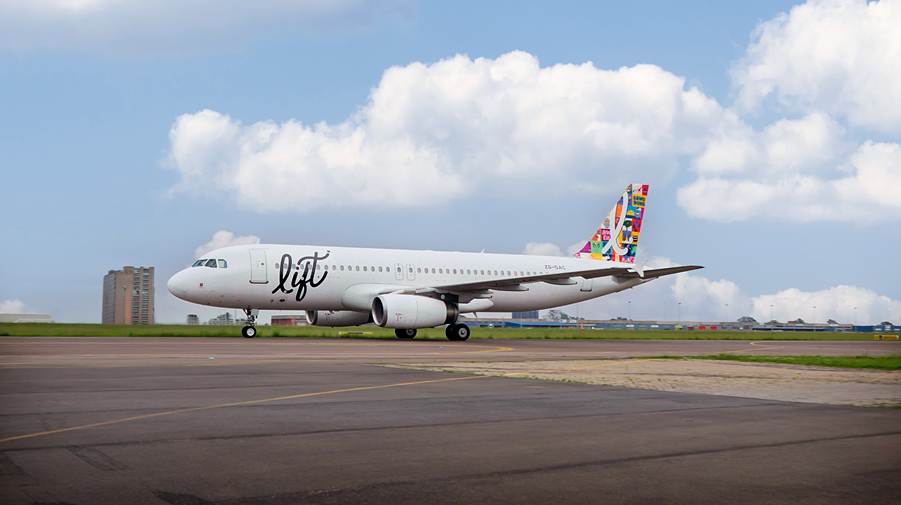Air traffic operations at South Africa’s busiest aviation hub, O.R. Tambo International Airport (ORTIA), were thrown into disarray last week following a critical systems failure affecting air traffic control (ATC) infrastructure. The incident resulted in severe flight delays and operational uncertainty, raising broader concerns about the resilience of aviation technology systems.
One System Failure and Its Knock-On Effect
The root of the disruption lies in a failure of the Air Navigation and Traffic Services (ANTS) TopSky System, a vital radar coordination and tracking platform that supports en route and terminal ATC operations. The system was reportedly not updating in real-time, severely impeding controllers’ ability to safely and efficiently sequence aircraft.
In addition, flight plan management systems had been compromised, with intermittent data drops causing the loss of essential routing information. Without clear flight plan continuity, ATC was forced to fall back on manual coordination, a slower and less precise process.
The immediate impact was widespread:
- Departures from ORTIA are experiencing significant delays, with cascading knock-on effects across the national and regional aviation network.
- Ground stops, airborne holding patterns, and rerouting are being employed to manage congestion.
- Safety protocols have been activated, likely including reduced traffic throughput and increased separation between aircraft.
Airlines were advised to brace for extended ground delays and to maintain close coordination with ATC and operations centres. Pilots were also urged to exercise patience as contingency measures were deployed.
A Failure Within Days of a UK Failure
The ORTIA failure comes only days after a software glitch paralysed air traffic control systems in the United Kingdom. On Wednesday, a fault in the UK’s radar display system caused a 20-minute outage, yet the disruption was so extensive that it grounded aircraft across the country, resulting in over 150 cancelled flights and delays that stretched into the following day.
The UK’s air navigation service provider, NATS, switched to a backup system within minutes, but not before triggering a nationwide slowdown. NATS stated there was “no evidence of a cyberattack” and labelled the failure an isolated incident. Nonetheless, the chaos underscored how even momentary faults in critical ATC infrastructure can snowball into major operational breakdowns.
As aviation expert Graham Lake, former Director General of the Civil Air Navigation Services Organisation (CANSO), aptly put it: “When you lose something like surveillance radar coverage… the capability of your network degrades to a country lane.”
Implications for South Africa and the Region
South Africa’s ATC system is regarded as one of the most advanced on the continent, yet this incident reveals potential vulnerabilities in system redundancy and recovery protocols. With ORTIA serving as a central hub for southern Africa, handling over 21 million passengers annually, the ripple effects are likely to impact flights well beyond Johannesburg, including regional carriers and international connections.
The timing is especially troubling during the busy August travel season, when passenger loads are high and weather conditions can be unpredictable.
While authorities have not released a formal cause, the Civil Aviation Authority is expected to launch a technical investigation into the failure. The outcome will be closely watched by airlines, regulators, and technology providers alike.
By 5 pm on 1 August, ATNS announced that the system failure reported at O.R. Tambo International Airport (ORTIA), which had affected Air Traffic Control (ATC) operations, had been resolved and that operations had returned to normal. In its statement, ATNS apologised for any inconvenience caused and reaffirmed its commitment to ensuring that a situation like this does not occur again.
A Reminder of The Fragility of Air Travel
This latest incident is a stark reminder of the fragility of modern aviation’s digital backbone.
As South Africa and other nations continue to modernise their air traffic management systems, ensuring robust failover mechanisms, real-time monitoring, and cybersecurity safeguards will be key to preventing future disruptions.
Until then, both passengers and airlines remain at the mercy of systems that, while sophisticated, can bring global aviation to a standstill in minutes when they falter.
















